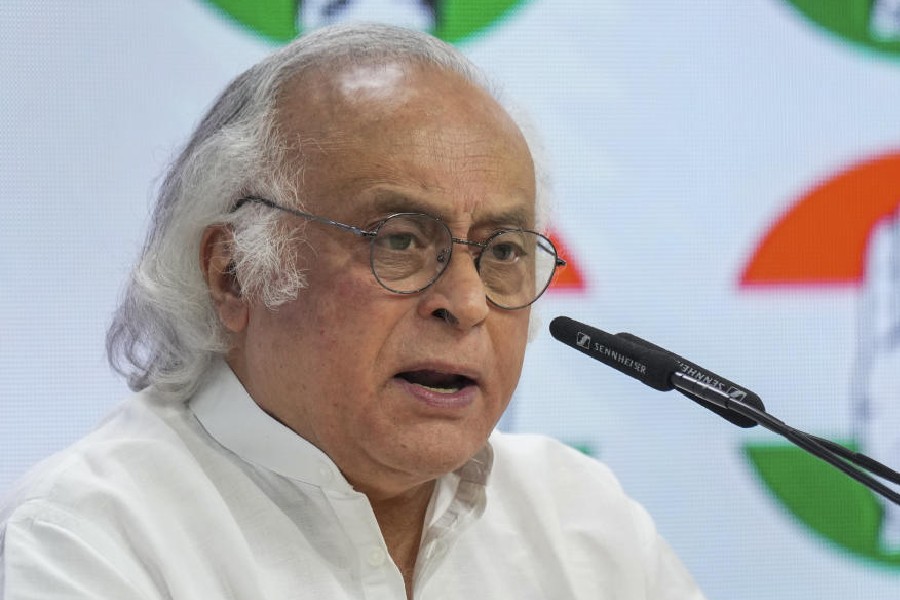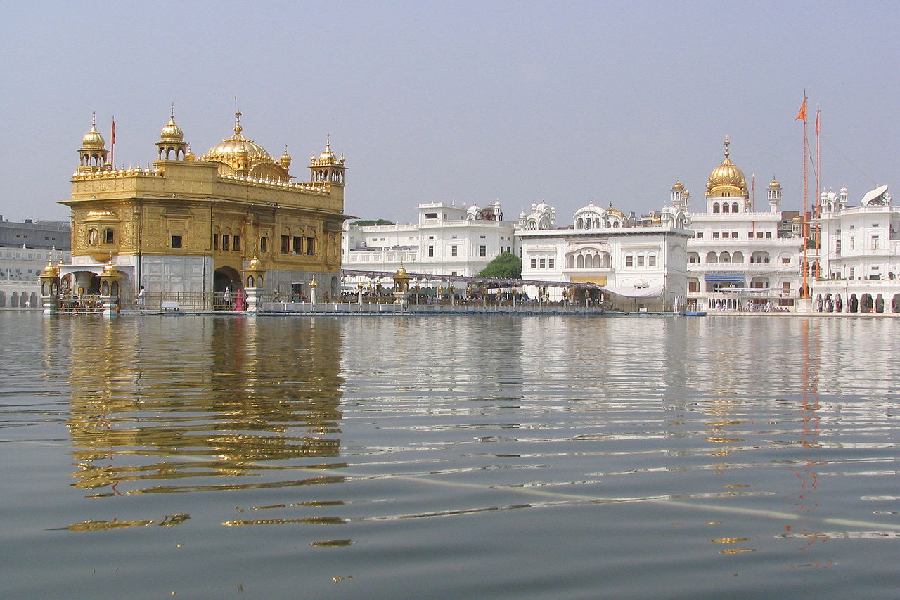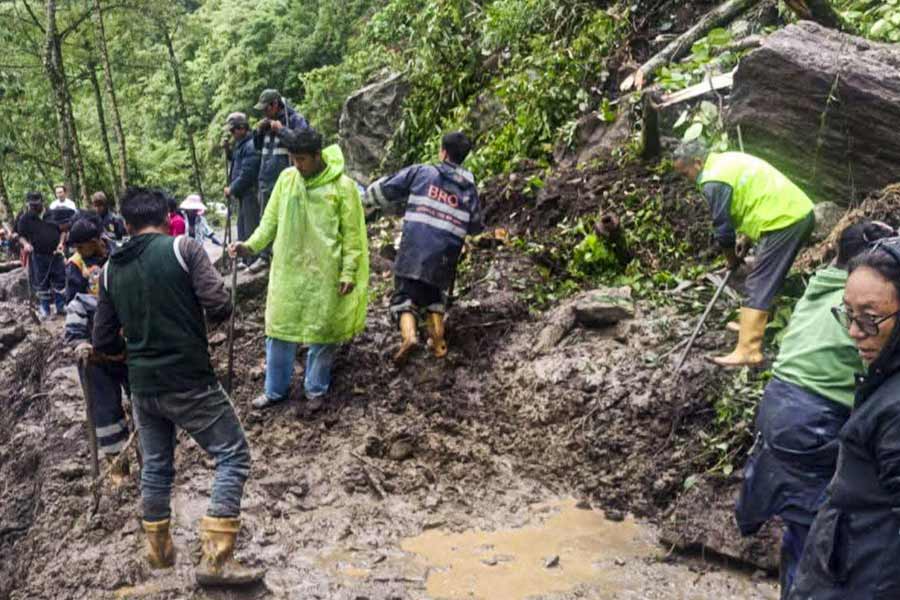 |
If you don’t have the time to read this piece, then let me concise it in one sentence: ‘Call 8582835362/8582835400 (11am to 6pm, till Monday) and book yourself into the Taj Bengal edition of the Parallel Cities programme currently in progress in Calcutta for a life-changing experience.’
I am not recommending; I am insisting.
Because the Parallel Cities programme is an insight into an invisible world within our world — the core that the kernel seldom sees. At Taj Bengal, in particular, the 60-minute programme focuses on all those people who probably have the biggest impact on our hotel experience — the people who make the foyer air smell fresh, the garden sparkling, the rooms tidy — who we don’t get to know at all. What the Taj Bengal edition of Parallel Cities does is to simply tell the stories of their lives. Extending them from just numbers to faces, names, feelings and personalities.
When I reported for the programme to the Parallel Cities desk in the foyer of Taj Bengal, I was handed five room swipe cards (in sequence). I was to enter the first room and spend a few minutes; I was instructed to leave the room as soon as I heard a ring; I was asked to enter the second room, spend time and then leave as soon as I heard a ring; and in this way visit all the allotted rooms.
When I entered the first room, there was no one within. What was I to do with myself? So I aimlessly busied around for the first minute staring at my mobile, convinced there had been some goof-up and that perhaps someone who was supposed to brief me had lost her way. Nothing happened. So out of boredom I looked around. And noticed a sequence of sheets on the table. Out of curiosity, I bent over to see what they were. They were addressed to me. “Dear guest…”
So I read. The story of the life of a Taj Bengal housekeeping professional who had tucked the bed in, cleaned the toilet, smoothened the upholstery and put a decorative towel on the bed. For my amusement. I would never meet him but the sheets did the explanation: He was from village Motooka (Rajasthan) with a population of less than 50, there was no school or hospital there, our friend would rise at 5am to plough the field with camels… and the rest of the story described how he got to Taj Bengal, job responsibilities, salary, remittance, wife’s health etc etc.
Then to the next room. Shock. A mountain of used towels on the bed. Here, Rajesh, another member of Taj Bengal’s housekeeping, spoke through a pre-recording on the room’s TV set. His story: he grew up in a dhobi’s family in Ahiripukur Second Lane, got to Taj Bengal, his family, challenges, bachelorhood, aspirations.
In the third room, the story of a young lady from the hotel’s housekeeping was described in pictures on the hotel wall and in an audio set left for me on the bed. Same story: family, upbringing, challenges, aspirations and discipline.
Then on to the next room and finally to the last. When I left the last room, I was surprised. The smiling person waiting for me outside was our housekeeping friend from Ahiripukur. “Hello Rajesh!” I told him. “Hello sir,” he replied seeing me in the eye and then took me on a conducted tour through the labyrinthine insides of Taj Bengal — boiler room, centralised laundry, briefing room, staff restaurant and training area. The educative tour ended. I mumbled a ‘Thank you, Rajeshbhai…’
Why this tour is a must for Calcuttans — especially the well-heeled — is because of a growing disconnect between the haves and have-nots in a city where we pride on our people-connect; because even half of our world does not know how the other half lives.
To test whether you really need this Taj Bengal dose of life, just answer this: Do you call your chauffeur by name or ‘Driverji’? Do you know the name of the security guard in your office building? Do you know which village (not district) your cook comes from?
I flunked two of these questions myself. Which is why this 60-minute programme might be just the inflection point that I need to grow up a little. Might hold true for you as well.










